Tribe Cercideae | Subfamily Caesalpinioideae Scientific name Cercis Rank Genus | |
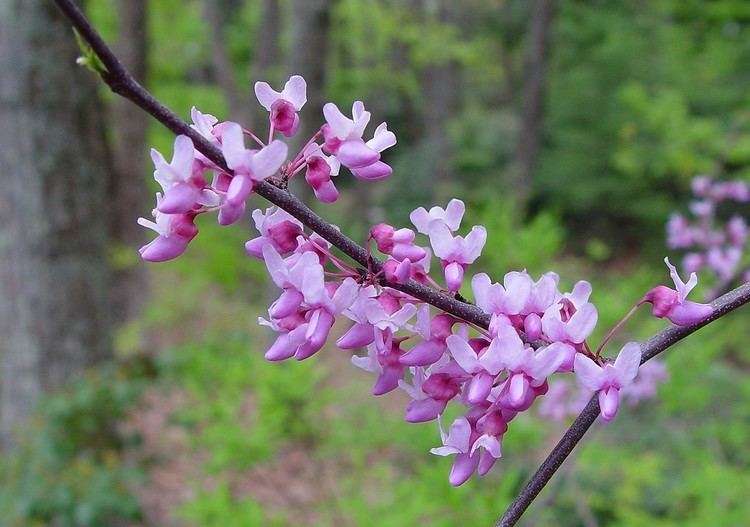 | ||
Lower classifications Eastern redbud, Cercis siliquastrum, Cercis chinensis, Cercis occidentalis | ||
Plant portrait redbud cercis canadensis
Cercis /ˈsɜːrsᵻs/, is a genus of about 10 species in the subfamily Caesalpinioideae of the pea family Fabaceae, native to warm temperate regions. It contains small deciduous trees or large shrubs commonly known as redbuds. They are characterised by simple, rounded to heart-shaped leaves and pinkish-red flowers borne in the early spring on bare leafless shoots, on both branches and trunk ("cauliflory"). Cercis is derived from the Greek word κερκις (kerkis) meaning "weaver's shuttle", which was applied by Theophrastus to C. siliquastrum.
Contents
- Plant portrait redbud cercis canadensis
- Redbud eastern redbud cercis canadensis how to grow redbud
- Species
- Species names with uncertain taxonomic status
- Wood
- References

Cercis species are used as food plants by the larvae of some Lepidoptera species including Mouse Moth (recorded on Eastern Redbud).The bark of C. chinensis has been used in Chinese medicine as an antiseptic.
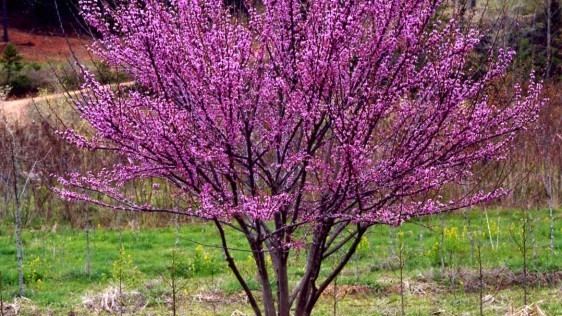
Cercis fossils have been found that date to the Eocene.
Redbud eastern redbud cercis canadensis how to grow redbud
Species
Cercis comprises the following species:
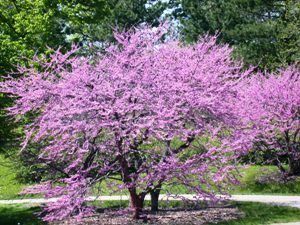
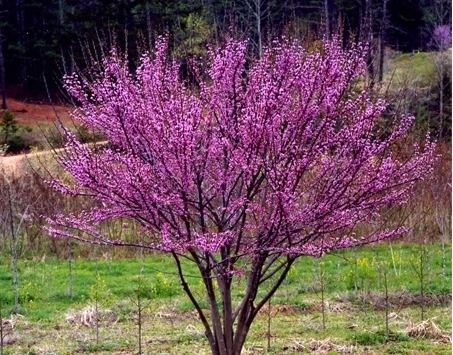
The Judas tree (Cercis siliquastrum) is a small tree to 10–15 m tall native to the south of Europe and southwest Asia, in Iberia, southern France, Italy, Bulgaria, Greece and Asia Minor, which forms a handsome low tree with a flat spreading head. In early spring it is covered with a profusion of magenta pink flowers, which appear before the leaves. The flowers have an agreeably acidic bite, and are eaten in mixed salad or made into fritters. The tree frequently figured in the 16th and 17th century herbals.
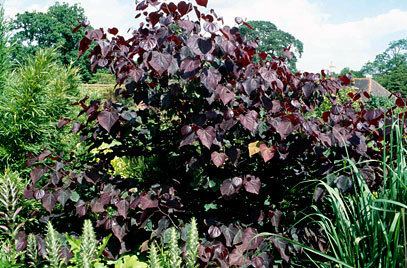
This small, sparsely branched tree is said to be the one from which Judas Iscariot hanged himself after betraying Christ, but the name may derive from "Judea's tree", after the region encompassing Israel and Palestine where the tree is commonplace.
A smaller Eastern American woodland understory tree, the eastern redbud, Cercis canadensis, is common from southernmost Canada to Piedmont, Alabama and East Texas. It differs from C. siliquastrum in its pointed leaves and slightly smaller size (rarely over 12 m tall). The flowers are also used in salads and for making pickled relish, while the inner bark of twigs gives a mustard-yellow dye.
The related western redbud, Cercis occidentalis, ranges from California east to Utah primarily in foothill regions. Its leaves are more rounded at the tip than the relatively heart-shaped leaves of the eastern redbud. The tree often forms multi-trunked colonies that are covered in bright pink flowers in early spring (February - March). White-flowered variants are in cultivation. It buds only once a year.
The chain-flowered redbud (Cercis racemosa) from western China is unusual in the genus in having its flowers in pendulous 10 cm (4 in) racemes, as in a Laburnum, rather than short clusters.
Species names with uncertain taxonomic status
The status of the following species is unresolved:
Wood
The wood is medium weight, somewhat brittle, of light tan color with a noticeably large heartwood area of darker brown, tinged with red. The wood has attractive figuring and is used in wood turning, for making decorative items and in the production of wood veneer.
